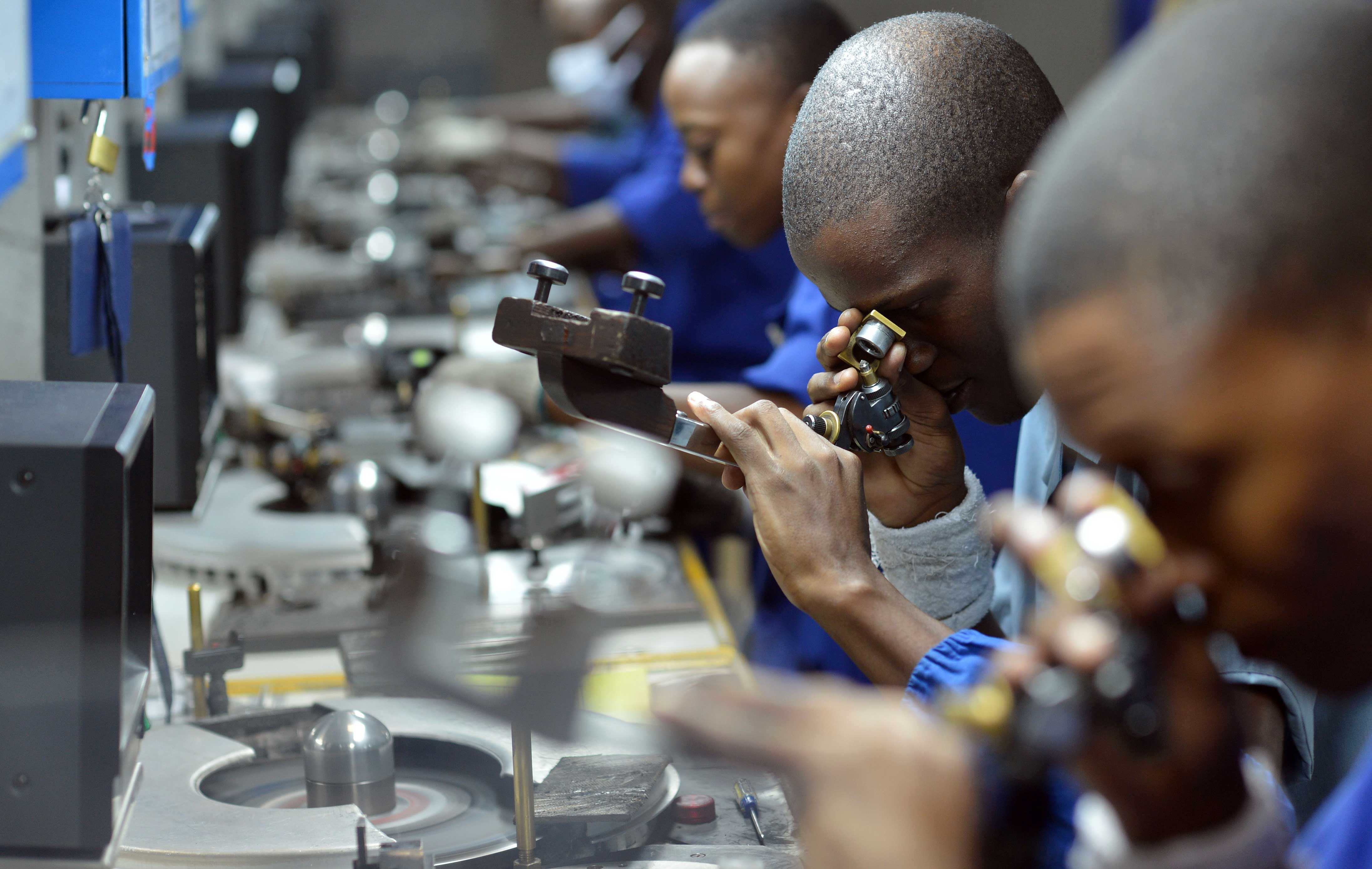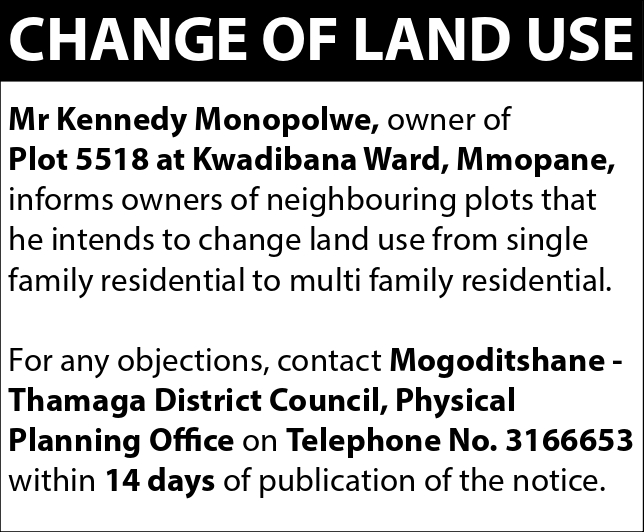Market too small to attract investors
KEABETSWE NEWEL
A small and undiversified market in comparison to other African countries, means investors find limited opportunities in Botswana, Rand Merchant Bank (RMB) has revealed.
Last week, RMB the corporate and investment division of the largest commercial bank in the country, First National Bank Botswana (FNBB) launched a research document dubbed ‘Where To Invest In Africa’.
The document sought to break down the attractiveness of African countries as informed by dynamics of their respective economies. According to the bank, Botswana currently ranks 13th in RMB’s Investment Attractiveness Index. Egypt tops the list, followed by South Africa, Morocco, Ethiopia, Kenya and Rwanda respectively. Nigeria is number 8 followed by Ghana, Cote d’voire, Tunisia and Mauritius. In 2017, Botswana was ranked number 12, but it fell one place to position 13th in 2018. Although it fell one place, RMB believes that Botswana performed well on the stable economic outlook and ease of doing business.
According to RMB, some of the key challenges in Botswana include the country’s small undiversified market size with a GDP (PPP) of around US$40billion. According to the bank, the smaller the economy, the less money investors will make. Botswana is also undiversified which limits investment opportunities. The country is heavily reliant on mining, especially diamond mining. Because of the money made in the high-value diamond mining sector, government for a long time overlooked other economic sectors. Agriculture used to contribute over 60 percent of the domestic output, but because the sector was neglected post the discovery of the diamonds; its contribution fell drastically and now contributes just 3 percent to the GDP. The same applies to beef which was amongst the top three export commodities raking in millions monthly. Beef exports have suddenly fallen. Botswana remains less industrialised and the manufacturing sector is still in its infancy.
“Although there has been some diversification of the economy away from mining, Botswana remains reliant on diamonds as they account for 87 percent of the country’s exports, posing risks to the revenue profile and developmental plans. Notably, the country is looking to overcome these diversification challenges by instituting several structural reforms with the view of improving its business and operating environment, coupled with the alignment of the national budget to cater for key infrastructural projects in the areas of water, energy, transportation and electricity”, indicated Moathodi Sebabole, Chief Economist at FNBB.
According to FNB’s Chief Economist and co-author of the report, Where to Invest in Africa seeks to provide easily digestible data and analysis to firms considering investing in Africa and to point out new opportunities to those already vested in the continent. “To provide such insight, we assess each of the 53 African economies’ investment potential through the RMB’s Investment Attractiveness Index which overlays macroeconomic fundamentals with the practicalities of doing business on the continent”, said Sebabole.
The RMB’s Investment Attractiveness Rankings focus area for 2019 was infrastructure and the selection was based on clients’ experiences and RMB’s own observations through its operations across the continent. “It is apparent that the lack of efficient infrastructure is one of the major challenges to doing business on the continent and as RMB, we wanted to highlight drivers of African innovation which could overcome infrastructure gaps”, Sebabole highlighted.
Though the lack of efficient infrastructure remains a major challenge to doing business on the continent, its development is the key to unlocking Africa’s growth potential and serious investment is required to bridge Africa’s gaping infrastructure chasm. Sebabole noted that the African Development Bank’s (AfDB) most recent estimation of infrastructure needs is between US$130billion and US$170billion annually, but the continent’s available capital is insufficient to achieve this – with AfDB estimating the annual infrastructure spend on infrastructure at around US$45billion.
Egypt, Nigeria and South Africa, are the three largest markets in Africa by GDP (PPP).Together, these three markets make up almost 50 percent of Africa’s almost US$7trillion market size.




